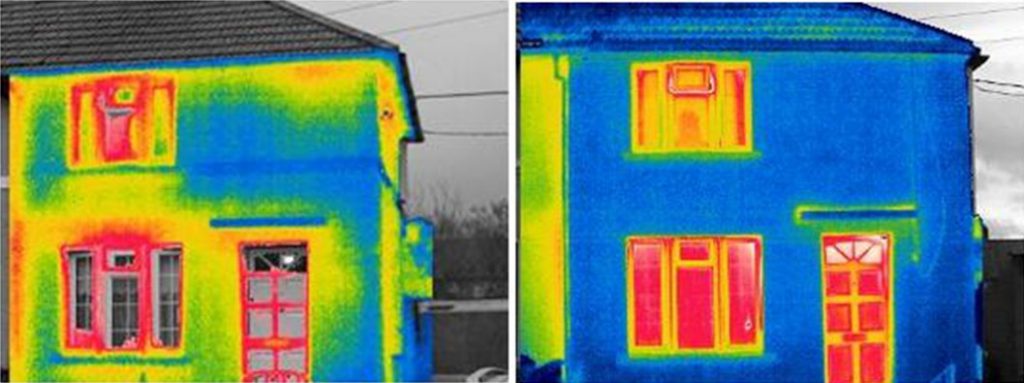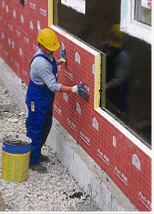External Thermal Insulation
What is External Thermal Insulation ?
External thermal insulation is defined as a system in which the insulation is not interrupted at the joining points at the different parts of the structural elements.
Thermal screening has been applied since the 1960s in Western and Central Europe, offering a great deal of flexibility in the construction of heat-insulating material that are placed on the exterior surface of the building after the completion of masonry construction and is the most effective solution for the thermal insulation of existing buildings.
| Before the application of external thermal insulation material | After the application of external thermal insulation material |
|---|

Extruded polystyrene and stone wool or graphite can be used in the application of the thermal wall facing material.
The solution of applying external thermal insulation to a building is proven to be the most efficient thermal solution for existing buildings:
- Energy saving by reducing thermal losses is achieved
- It is the most effective method of avoiding the formation of thermal bridges, resulting in the elimination of moisture and mold phenomena
- High levels of thermal comfort are achieved in the interior
- Energy saving is achieved by exploiting the entire heat capacity of the walls
- A perfect finish is achieved as the final coating is applied to an altered surface (smoothing on smooth surfaces, straight edges, possibility of special finishing, etc.)
- Protects the building shell from weathering
- An improvement in the marketability of the building is achieved due to its classification in a high energy saving category

